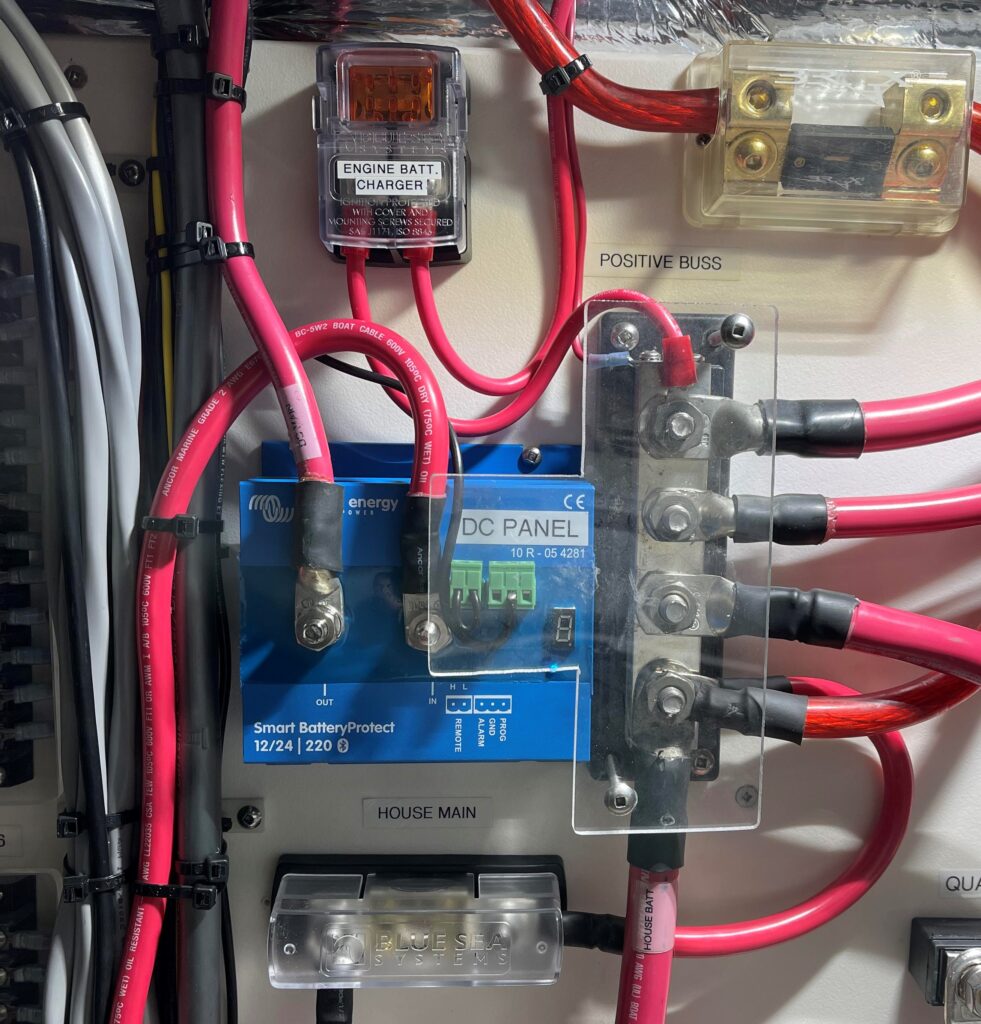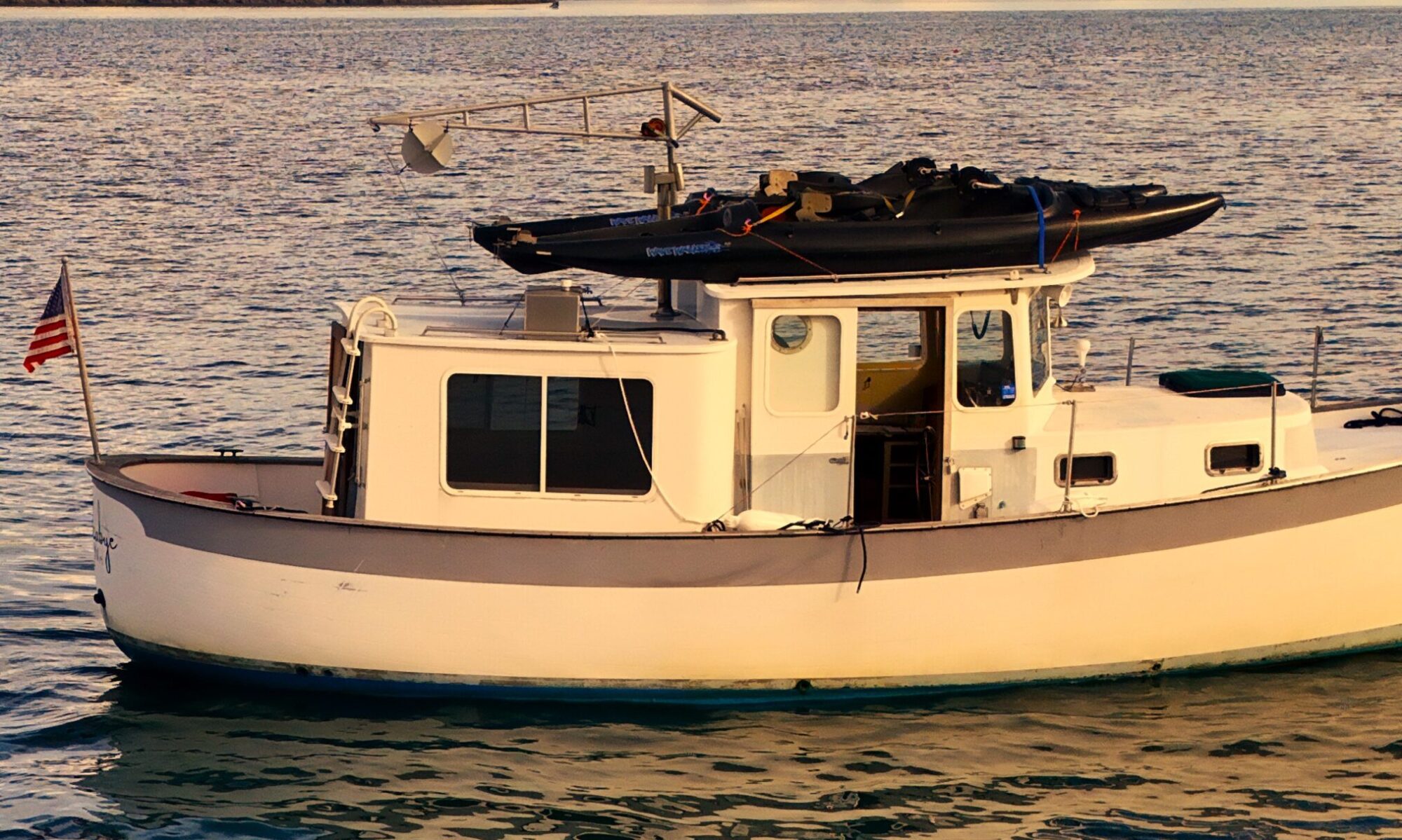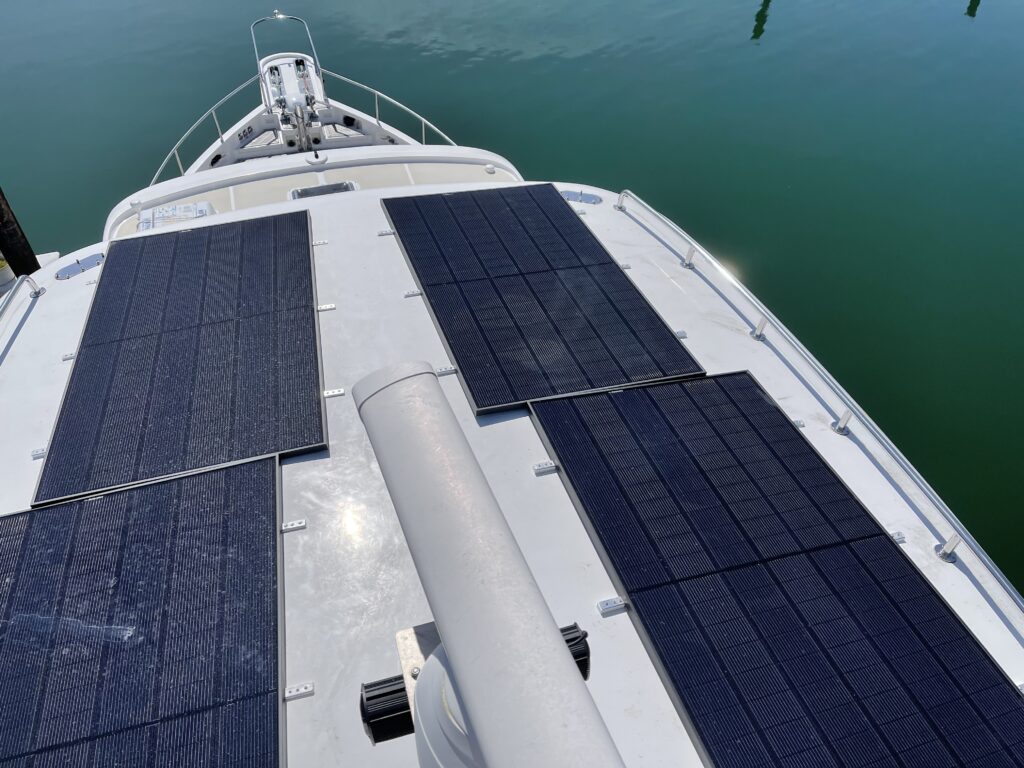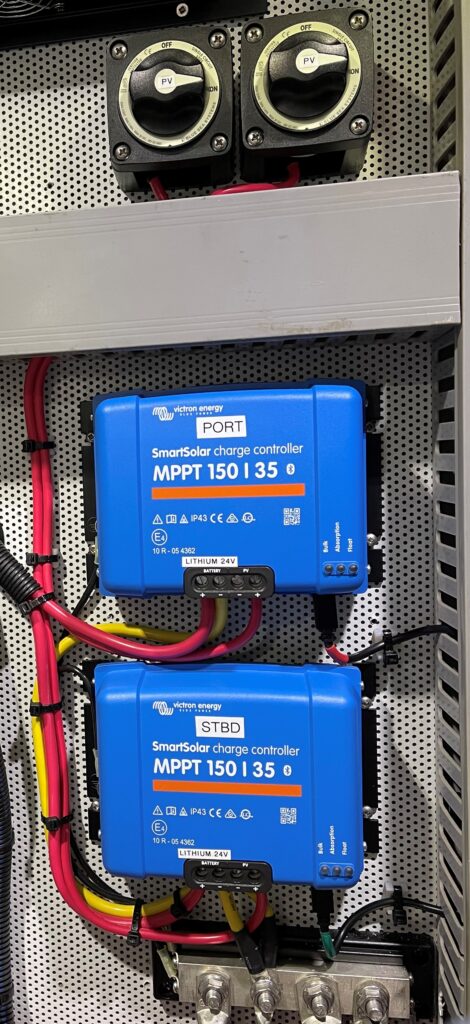
I have been updating the battery, charging, and starting system on an Island Gypsy that was ready for an upgrade to maintain its reliability. That boat is getting GC62 Lifeline 6V batteries for the house.
I also helped the owners of a Nordhavn 35 in Bellingham increase the size of their house bank when they changed batteries. In that case going Lifeline AGM batteries was a good choice.
Lithium batteries are popular for boaters needing to update their house batteries. They have some huge advantages in weight, size and performance, but they also can be expensive to adapt to your existing electrical system.
On a recent project installing ReLion batteries that had been purchased for a San Juan 48 I discovered that the type of BMS that is used with certain batteries can make a big difference in the amount of work needed to install new batteries.
The batteries are a “drop in” type. They are advertised as a replacement for your current batteries without requiring any significant modifications to your boat’s electrical system.
I learned a lot about these batteries, here are just two of the important things to know before choosing this type of battery.
1) During the installation due to poor shore power in the yard, and several other factors the internal BMS on all four house batteries “shut off.”
I was glad it happened in the yard because it was quite a lesson. With the batteries OFF I could not open the electric hatch to the engine room. I couldn’t charge them with the inverter/charger because they were effectively disconnected. And because they were 24V batteries I did not have a charger to charge them. I’ve always woken up “dead” battery with a portable automobile type battery charger. But it’s 12V. These batteries were not made up of two 12V batteries, they are 24V batteries. So I had to wait till the next day before I could get a charger delivered from Fisheries Supply that was 24V.
Solution: I installed two small Victron 24V battery chargers to help balance the batteries, and to make sure I had a 24V battery charger onboard in case I needed to get enough of a charge to turn on the batteries internal BMS so the inverter/ charger could take over and charge the batteries.
Also to make sure it didn’t happen in the future I installed two Victron Battery Protect units. This way the power would be shut off to the boat’s DC loads before the battery BMS shut off and disabled my inverter/charger.
2) The “drop in ” batteries do not have a sophisticated BMS (battery management system). It’s just a high and low voltage protection feature. This ends up having a bunch of implications but I will mention just one.
The plan was to install Wakespeed external regulators on the engine alternators. Because there was no way to connect the Wakespeed CAN (controle area network) to the BMS I had to do a lot of wiring to make the WakeSpeeds work.
On a previous job I was able to connect the Wakespeed directly to the BMS so, with the right software from Wakespeed, the regulator worked perfectly with the batteries without sensors and shunts. Wakespeed is working to improve the software for drop in lithium batteries, but for now it is not ideal. On my install I am having trouble with the alternator shutting off mid cruise, which we should be able to resolve, but if I had started the project with a good BMS that could communicate, I would have had a successful outcome right from the start.



